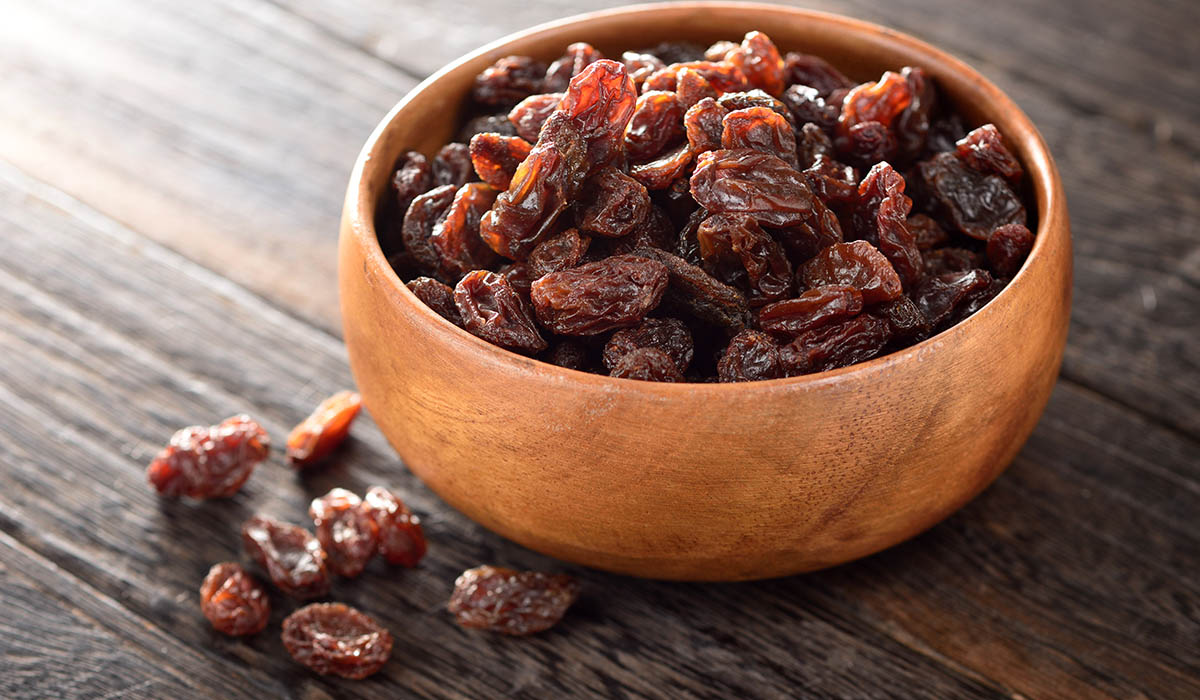March 12, 2024
Raisin Prices Hit Record Highs

As of late February, the price of the benchmark US product (first-grade) wholesaled by Japanese specialty trading companies to confectionery companies and others was 370 yen per pound (453 grams). This was 12% higher than the previous month and broke the high of 355 yen set in 1978-1979 due to the sharp decline in US production caused by the hurricanes.
Most raisins distributed in Japan are imported. According to trade statistics, the primary source is from the US, which will account for 58% of imports in 2023. In 2023, the main production area, California State, didn't experience warmer temperatures from May to August, when grapes were growing and ripening. Sugar levels took longer to rise, and harvest time was delayed.
In the US, production costs are increasing due to inflation-induced increases in labor and material prices. Japanese import prices are also on an upward trend. According to trade statistics, the average unit import price of US imports in 2023 is 479 yen per kilogram, 26% higher than in 2018.
Shortages of the other market mainstay, Turkish production, also added to the global tightness. A representative of the import trading company says, "There are indications from the local community that production is likely to be 40% lower than originally expected." Heavy rainfall during the growing season caused disease in the field. Rainfall in August-September, when the grapes are dried, also reduced the percentage of good grapes.
In Japan, the presence of Turkish products is increasing. Trading and baking companies have been increasing their procurement of Turkish products, as they are lower than US products due partly to the low lira. Turkish products accounted for 15% of imports in 2018, rising to 35% in 2023.








